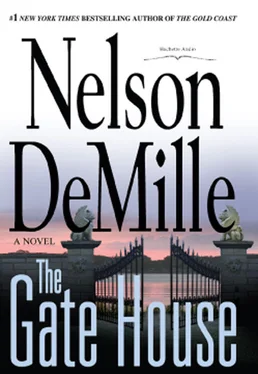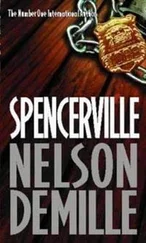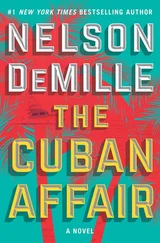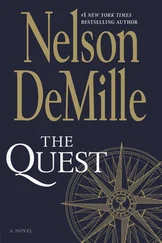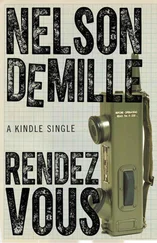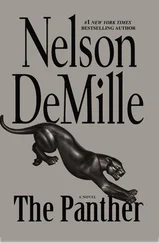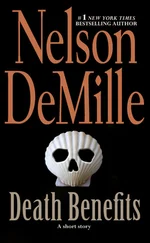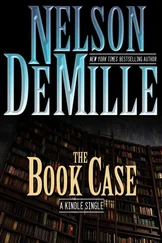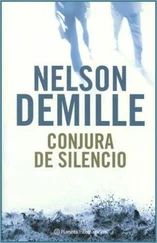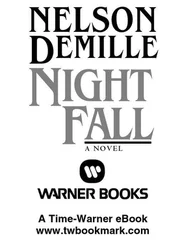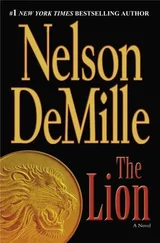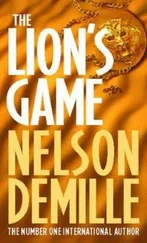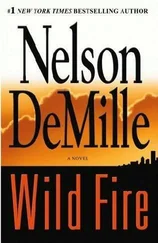“Dear COLI, Good manners don’t stop at death’s door. An appropriate gift would be a box of chocolates; if she can’t eat them, her visitors can. If she dies before you get there, leave the chocolates and your calling card with the receptionist. It’s the thought that counts. (Signed) Emily Post. P.S. Try to make amends if she’s conscious.”
I turned onto Skunks Misery Road, and within a few minutes found myself again in the village of Locust Valley. I hate shopping for anything, including cards and trivial gifts, so my mood darkened as I cruised Forest Avenue and Birch Hill Road, looking for some place that sold chocolates. I saw at least a dozen white SUVs that could have been Susan’s, and it occurred to me that she was good at this sort of thing, so if I ran into her – figuratively, not literally – I’d ask her for some advice. The last gift advice I’d gotten from her – at Carolyn’s graduation from Harvard Law – was that the T-shirt I’d bought for Carolyn in London, which, in Shakespeare’s words, said, “The first thing we do, let’s kill all the lawyers,” was not a good law school graduation gift. She may have been right.
Anyway, I gave up on the chocolates, parked, and went into a florist shop.
A nice-looking young lady behind the counter asked how she could help me, and I replied without preamble, “I need something for an elderly lady who’s in hospice and doesn’t have much time left.” I glanced at my watch to emphasize that point.
“I see… so-”
“I am not particularly fond of her.”
“All right… then-”
“I mean, cactus would be appropriate, but she’ll have other visitors, so I need something that looks nice. It doesn’t have to last long.”
“I understand. So perhaps-”
“It can’t look like a funeral arrangement. Right?”
“Right. You don’t want to… Why don’t we avoid flowers and do a nice living plant?”
“How about hemlock?”
“No, I was thinking of that small Norfolk pine over there.” She explained, “Evergreens are the symbol of eternal life.”
“Really?”
“Yes, like, well, a Christmas tree.”
“Christmas trees turn brown.”
“That’s because they’re cut.” She informed me, “We deliver a lot of living evergreens to hospice.”
“Really?”
“Yes. They smell good. And the family can take them home as a memento afterwards.”
“After what?”
“After… the… person…” She changed the subject and asked, “Which hospice is the lady residing at?”
“Fair Haven.”
“We can deliver that for you.”
“Actually, I’m on my way there now and that’s too big to carry, so…” I looked around, and in the corner of the shop was a shelf lined with stuffed animals, including a few Teddy bears, which are big around here because the man who inspired the bear, Teddy Roosevelt, lived in nearby Oyster Bay. I took the best-looking Teddy bear from the shelf, put it on the counter, and said, “I’ll take this.”
“That’s very nice.” She put a pink ribbon around the bear’s neck and stuck a sprig of lavender in the ribbon.
I paid in cash, and the young lady said to me, “She’ll like that. Good luck.”
Back in the car, I headed west toward the hospice house in Glen Cove. I glanced at the fluffy bear sitting beside me, and suddenly I felt a rush of emotion pass over me. It hit me that Ethel Allard was dying, and that so many of the people I once knew were dead, and in an instant I remembered all of them and saw their faces from long ago, smiling, usually in some social setting or holiday occasion, a drink close by, like in the photos I’d just seen.
Where, I wondered, had the years gone? And why hadn’t I appreciated those moments when my world was safe, familiar, and intact?
Well, you can’t go back, and even if I could, I’m not sure if I could have or would have changed anything that led to the end of my life as I knew it, or the end of Frank Bellarosa’s life as he knew it.
Frank Bellarosa, on a cold winter day a decade ago, was driving from Brooklyn and heading to a restaurant in Glen Cove with some business associates for a meeting. They got off the Long Island Expressway, became lost, and somehow wound up on Grace Lane.
They spotted the abandoned estate called Alhambra, and, as Frank told me later, the Lombardy poplars that lined the driveway, and the red-tiled stucco villa, reminded him of his Italian roots. He made inquiries, and bought the estate. Then he moved in. Then I met him. Then Susan and I accepted his invitation to come by for coffee. Then a lot of things happened, ending with my wife murdering her new neighbor and lover.
And now, ten years later, the original cast of this tragedy – -including the dead and the dying – has reassembled for the last and final act.
Iheaded west on Duck Pond Road, passing Friends Academy, a prep school founded by the local Quakers. Susan had gone to Friends, driven to class, she told me, in a big Lincoln by George Allard, who, as one of the last of the Stanhope servants, wore many hats, including a chauffeur cap.
The Gold Coast of the 1950s and early ’60s, as I recalled, was in a state of transition between the old, pre-war world of Social Register families with dwindling fortunes, and the social upheavals that would sweep away most of what remained of the old order.
Many of these changes were for the better. George, for instance, ceased being a servant and became an employee. That didn’t improve his driving, I’m sure, but it did give him weekends off.
As for Ethel the Red, as I secretly called her because she was a socialist, she never considered herself a servant (especially after she slept with Augustus Stanhope), and she’s lived long enough to see many of her idealistic dreams realized.
A sign informed me that I had entered the Incorporated City of Glen Cove, which is actually a medium-sized town of about twenty thousand people – or more, if you count the newly arrived immigrants who did not bother with the citizenship requirements.
Glen Cove is located on Hempstead Harbor and the Long Island Sound, and like many north shore Long Island communities, it was founded by English settlers in the 1600s, including my distant ancestors, who, when they arrived, did not bother asking the local Matinecock Indians for citizenship applications or work visa permits.
Anyway, the white skins and the red skins lived in relative peace and harmony for a century, mostly as a result of the Indians dying from European diseases. The British occupied Long Island for much of the Revolution, and many of the local inhabitants remained loyal to the Crown, including, I confess, the Sutters, who still have this conser-vative streak in them – except for my late father, who was a liberal Democrat and who used to get into political arguments at Republican-dominated family gatherings. My crazy mother, Harriet, is also a progressive, and she and Ethel were always allies against the majority of unenlightened, repressive male pigs who once dominated the society of the Gold Coast.
But even that had been changing, and when I left here ten years ago, if you had a friend or neighbor who was a Democrat, you could talk about it openly without worrying about real estate values plummeting.
On the subject of war and politics, I was half listening to a conservative radio talk show, and I turned up the volume to listen to a caller saying, “We need to nuke them before they nuke us.”
The host, trying to sound a bit rational, replied, “Okay, but who do we nuke?”
The caller answered, “All of them. Nuke Baghdad first so we don’t have to send our boys there to get killed.”
“Okay, but maybe we should just nuke the Al Qaeda training camps first. They’ll all get the message.”
Читать дальше
